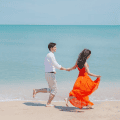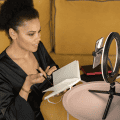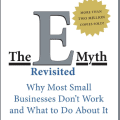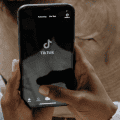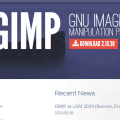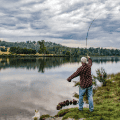In the realm of photography and digital content creation, the power of a blurred photo can evoke a sense of mystery, movement, or even focus on specific elements within a frame. However, complementing these visuals with the right caption can transform them from mere images into compelling stories. This guide aims to provide photographers, content creators, and social media managers with insights on creating engaging captions for blurred photos that captivate their audience.
Table of Contents
Understanding the Appeal of Blurred Photos
Before we dive into captions, it’s crucial to understand why and how blurred photos capture our attention. Blurred images, often resulting from motion or selective focus, create a sense of dynamic energy or highlight details by softening the background. This technique draws the viewer’s curiosity about the story behind the image or the highlighted detail, making the photo more than just a snapshot—it becomes a narrative.
The Role of Captions in Enhancing Photo Narratives
A well-crafted caption can serve multiple purposes:
- Context: It provides context, offering the viewer insights into the story or emotion behind the photo.
- Engagement: It encourages interaction, prompting viewers to pause and reflect, thereby deepening their engagement with the content.
- SEO: On platforms like Instagram, captions can be instrumental in boosting your photo’s visibility through strategic use of hashtags and keywords.
Strategies for Writing Captions for Blurred Images

1. Evoke Curiosity
Use your caption to tease the story behind the blur. Ask a question or leave a cliffhanger that makes your audience stop and ponder. For example, a blurred image of a bustling street at night could be coupled with a caption like, “Can you hear the symphony of the city lights? 🌃✨ #CityLife #MysteryInTheAir”.
2. Convey Movement
If your photo captures motion, use your caption to enhance the sense of movement. Dynamic captions can simulate the feeling of being part of the scene. For instance, a blurred photo of a dancer could be complemented by, “In the whirl of dance, every turn tells a story. 💃 #DanceOfLife #CapturingMovement”.
3. Highlight the Focus
When using blur to highlight a specific subject or detail, your caption should draw attention to that focal point. Describe the significance of the detail or how it contributes to the overall ambiance of the image. A close-up, blurred shot of raindrops on a window with a clear view of a single droplet could be captioned, “Every drop carries its own universe. 🌧️💧 #RainyDays #FocusOnDetail”.
4. Connect with a Feeling
Blurred photos often carry a certain mood or emotion. Craft your captions to resonate with or amplify that feeling. Whether it’s the excitement of a speed-blurred racetrack or the tranquil blur of a softly flowing river, ensure your words match the mood. For a softly blurred sunset picture, you might write, “Soft edges and softer skies, where dreams blend into reality. 🌅❤️ #SunsetDreams #BlurredLines”.
5. Use Hashtags and Emojis Wisely
While hashtags can increase the reach of your photo, and emojis can add a playful or emotive element, use them judiciously. Consider what your image is conveying and select hashtags that not only boost visibility but also reflect the essence of the photo. Likewise, choose emojis that complement the mood and context of your caption.
Examples
- “A blur of vibrant colors, a symphony of motion. 🎨🌪️ #StreetArt #BlurryButBeautiful”
- “The blur of sunlight and the whisper of trees, nature’s own lullaby. ☀️🌳 #NatureWalks #SerenityInTheBlur”
- “In the midst of chaos, there is always an oasis of stillness. 💫🌃 #CitySerenity #BlurryButPeaceful”
- “The blur of laughter and the warmth of friendship, memories that stay etched in our hearts forever. 😊❤️ #GoodTimes #BlurryButHappy”
- “The blur of footsteps and the silence of contemplation, a journey towards self-discovery. 👣✨ #Solitude #BlurredReflections”
Conclusion
Creating captions for blurred photos offers a unique opportunity to deepen the narrative and emotional impact of your visuals. By focusing on evoking curiosity, conveying movement, highlighting focus, connecting with feelings, and using hashtags and emojis strategically, you can craft captions that not only draw the eye but also the heart and mind of your audience. Remember, the goal is to build a bridge between the image and the viewer, turning every blurred photo into an invitation to explore the story within.

